Camping Safety
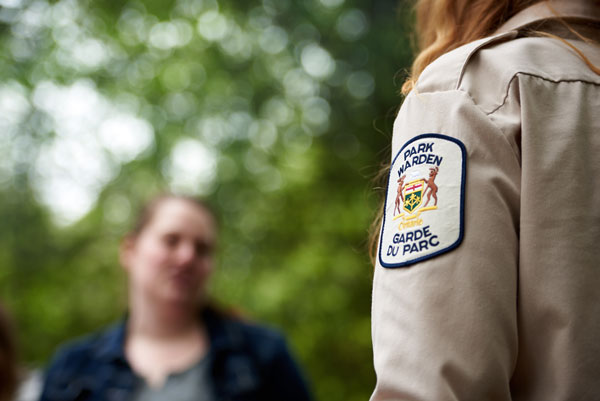
Access to Emergency Services:
- Look for a staff member if you find yourself in an emergency.
- If you can’t find a staff member, call 911 or the emergency number listed in the park tabloid. Many parks are close to emergency services and have cell-phone coverage.
- The park tabloid you receive at registration will have information on what to do in an emergency, as well as all emergency numbers.
- Tip: have a first aid kit at your campsite to treat small accidents.
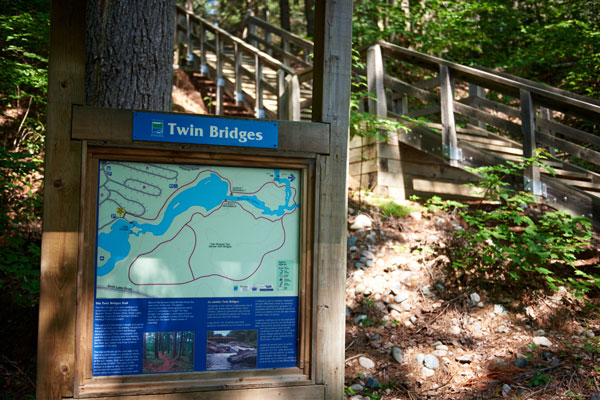
Avoid Getting Lost:
- Plan ahead to avoid getting lost.
- Tell someone where you are going.
- Know your campsite name and number – this is particularly important for young children.
- Pack and dress properly. For example, bring cellphone, whistle, food & water, and warm clothes. Comfortable close-toed shoes are important!
- If you realize that a member of your party has gone missing, contact park staff. Park staff are trained in lost persons protocol. After operating hours, call 911. If you have children, it is helpful to have an identification kit with a photo to help park staff identify your child.
If you get lost (either on the trails or in the campgrounds), remember to STOP!
- STOP and “hug a tree”
- Think about what you need to do next. (take a moment to calm down).
- Observe all around you. (you may have just stepped off the trail, is there a park staff member nearby, another camper or a sign with directions?).
- Plan what it is you need to do next. (e.g., use a cellphone, blow a whistle to alert others you are lost). Remember to stay where you are, and someone will find you!
Ambassador suggestion: Learn more on how to avoid getting lost here!

Water Safety:
- Swim in designated areas.
- Understand your limitations. Don’t push your swimming abilities.
- Swim with a buddy.
- Supervise children at all times, even if the water is shallow. Observe all posted signs.
- Bring a lifejacket or personal flotation device (PFD) for children and non-swimmers. At any of the participating parks, campers can borrow a PFD, FREE of charge.
- A PFD is a must for boaters and paddlers - even if you are a confident swimmer!
- PFDs come in a variety of sizes and styles for both adults and children. It’s important that you find one that’s the right fit for you.
- Although many beaches are not supervised by lifeguards, park wardens visit regularly for enforcement purposes.
- Many beaches have emergency telephones that connect directly to the gatehouse.
- Stay out of the water during thunder and lightning storms.
Ambassador suggestion: For more information on water and swimming safety, visit the Red Cross or check out our Water safety 101: are you a lifesaver? blog post. For boating safety courses, safety tips, and the required safety equipment for each size of vessel, check out this website.
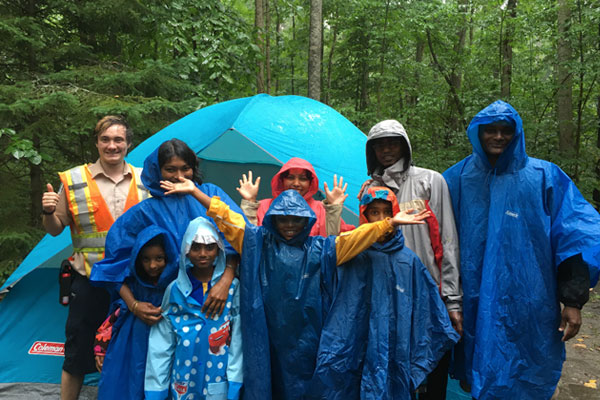
Weather Safety:
- Well prepared campers are happy campers! Keep an eye on the weather forecast before your trip and come prepared to cope with the elements. Pack rain gear, a rain shelter and some fun activities for the rain (e.g. a deck of cards or board game).
- If it starts to rain while you are camping, ensure all your belongings stay dry by putting them in the tent or car and cover your firewood. Keep an eye on your tent and ensure your belongings are not touching the sides. Although most tents are water resistant, even the very best tent can leak in heavy rain. Watch for puddles forming on the tent itself or on the ground near by and ensure they are well drained. Keep gear away from the edges of the tent to prevent a leak.
- In the event of a thunder or hailstorm the safest place to be is in your car.
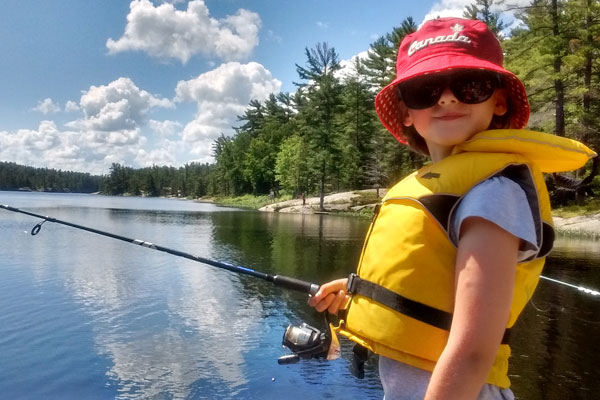
Sun Safety:
- Cover up! Put on a hat, shirt and sunglasses.
- Wear sunscreen.
- Seek out shade.
- Drink water: Stay hydrated, and drink lots of water.
- Take a break: Be sure to rest during and after physical activity.
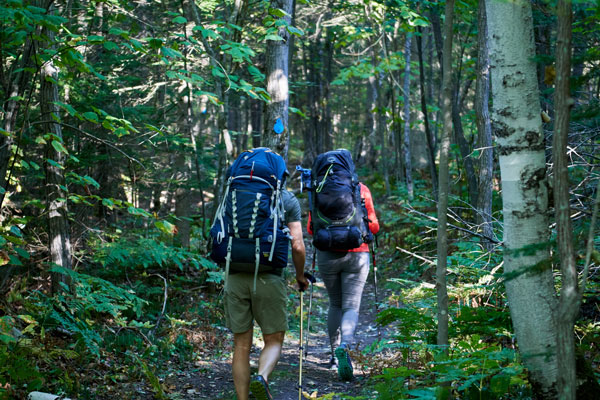
Hiking Safety:
- Check out the Visitor Centre for hiking ideas and information, including trail maps. You’ll also find out about different animals you might encounter while on trails.
- Carry insect repellent, sunscreen, a snack, plenty of water, and a small first aid kit with you. Make sure you are prepared for weather conditions – you might need a jacket, even in the summer.
- Sturdy footwear is essential for hiking. Although sandals are good on a beach or near the water, closed-toe shoes are best on rocky terrain.
Ambassador suggestion: click here for more details on how to hike safely.
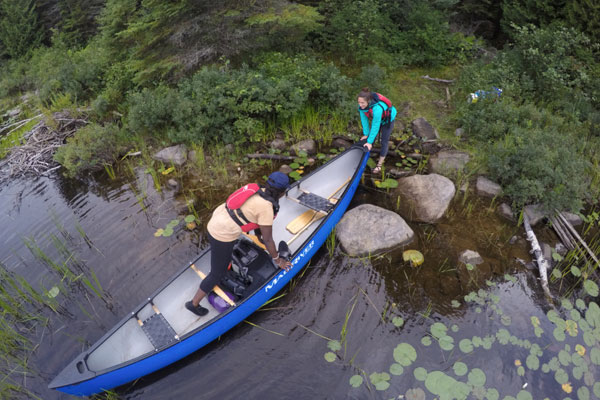
Backcountry Safety:
- Research your trip to become familiar with the route and provincial regulations.
- Travel within your personal limits, don’t overextend yourself.
- Plan to arrive at your destination and allow time for campsite setup during daylight hours. Nighttime travel is dangerous and should be avoided.
- Use only existing trails, portages and campsites.
- Set-up tents in previously cleared areas.
- Use a lightweight camp stove to reduce fire hazards.
- If a fire is necessary, keep it small and use existing fire pits. Do not relocate or build new fire pits as this is prohibited and can cause forest fires.
- Pack it in, pack it out! Inspect your campsite and rest areas for trash or spilled foods. Pack out all trash, leftover food, and litter. Do not bury garbage as animals will dig it up. You may burn paper.
Ambassador suggestion: for more details on Backcountry Safety and Etiquette, click here!
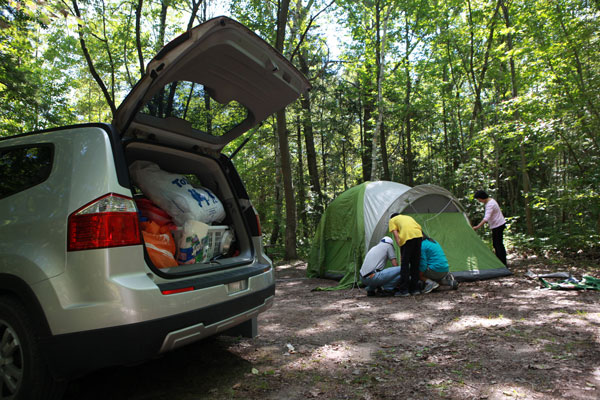
Theft:
- While campgrounds are safe places with park wardens on patrol, it is a good idea to keep your valuables locked in your car and out of sight.
Partners


